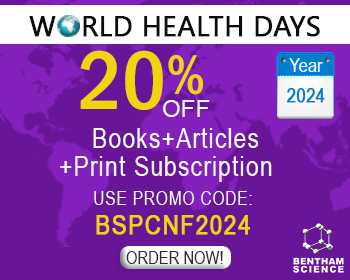Abstract
The astrocytomas represent the most common primary tumors of the brain. Despite efforts to improve the treatment of astrocytomas, these tumors and in particular the high-grade astrocytoma termed glioblastoma multiforme still carry a poor prognosis. In recent years, there has been an intensive effort to gain an understanding of the cellular and molecular mechanisms that contribute to the pathogenesis of astrocytomas as a first step toward the development of better treatments for these devastating tumors. Here, we will review our current understanding of the signaling pathways that underlie glial transformation. Studies of astrocytomas have led to the identification of two major groups of signaling proteins whose abnormalities contribute to gliomagenesis: the cell cycle pathways and the growth factor-regulated signaling pathways. Among the cell cycle proteins, the p16-cdk4-pRb and ARF-MDM2-p53 cell cycle arrest pathways play a prominent role in glial transformation. In addition, deregulation of polypeptide growth factors acting via receptor tyrosine kinases (RTKs) and of intracellular signals, including the lipid phosphatase PTEN, that regulate cellular responses to RTKs plays a critical role in gliomagenesis. In addition to the identification of the signaling proteins targeted in glial transformation, the cell-of-origin of astrocytomas has been investigated. Genetic modeling of astrocytomas in mice suggests that neuroepithelial precursor cells represent preferred cellular substrates of gliomas or that either astrocytes or precursor cells constitute potential cells-of-origin of astrocytomas. During normal brain development, neuroepithelial precursor cells, including neural stem cells, differentiate into astrocytes. As the mechanisms that control gliogenesis during normal brain development become better understood, it will be important to determine if deregulation of these mechanisms might contribute to the pathogenesis of astrocytomas. The elucidation of the molecular underpinnings of astrocytomas holds the promise of improved treatment options for patients with these devastating brain tumors.
Keywords: gliomagenesis, gbm, glioblastoma multiforme, gliomas, astrocytomas

























